New York plans first nuclear plant in 36 years
The plant, to be constructed somewhere in upstate New York, will produce enough energy to power a million homes

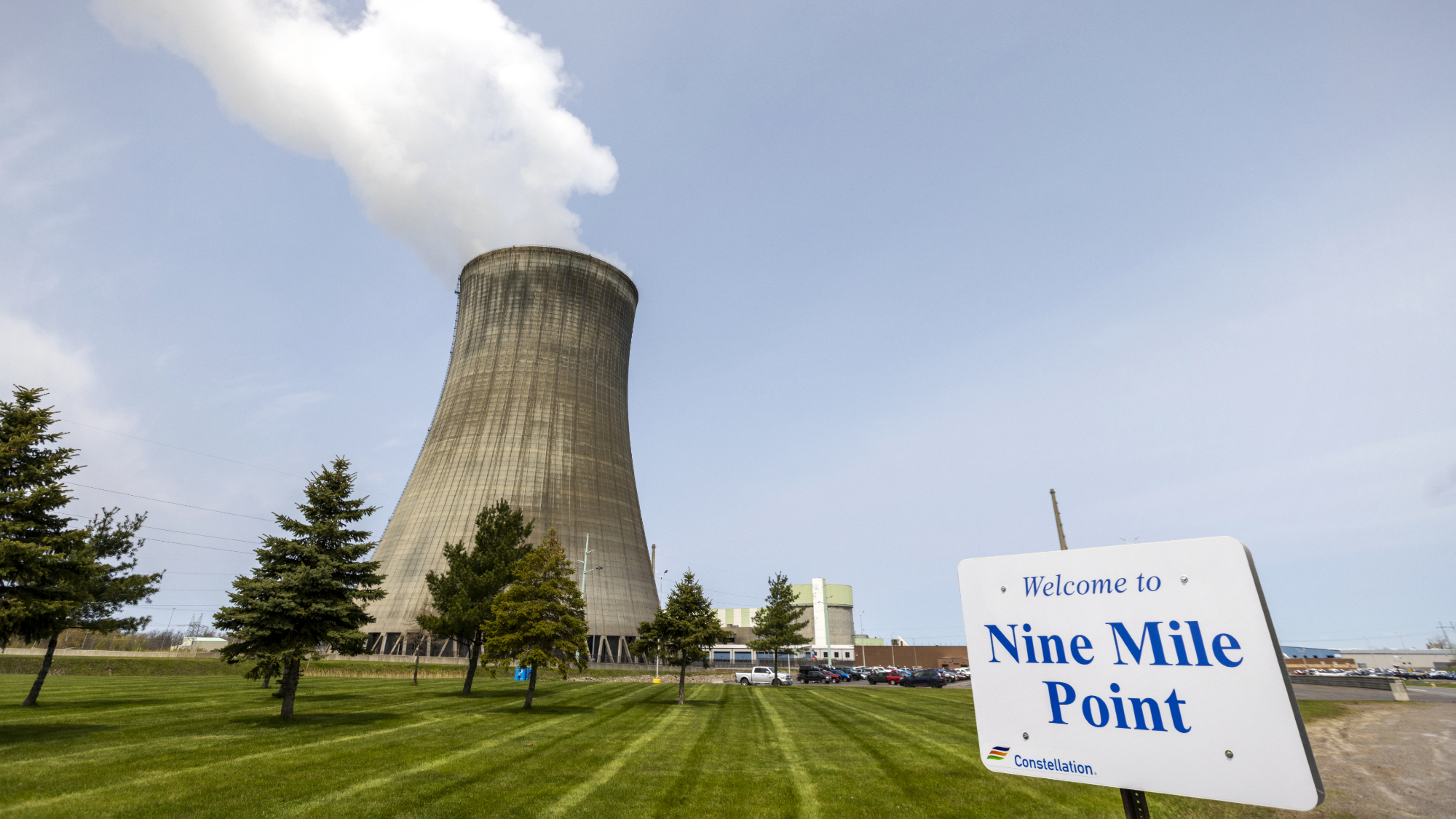
What happened
New York Gov. Kathy Hochul (D) Monday said she had ordered the state's public energy utility to build New York's first new nuclear power plant since 1989. The plant, to be constructed somewhere in upstate New York for an unknown cost, will produce at least a gigawatt of energy, enough to power a million homes. New York's three active nuclear plants produce 3.3 gigawatts, or about 20% of the state's power.
Who said what
Nuclear energy has "enjoyed a resurgence of interest from states and companies in recent years" due to its emissions-free power and ability to "run at all hours, unlike wind and solar," The New York Times said. But utilities have been "deterred by the high price tag." The country's two newest reactors, completed in Georgia last year, cost nearly $35 billion, more than double the initial estimate, and were finished seven years behind schedule.
Nuclear plants also create radioactive waste and can cause catastrophic damage if they fail, as happened in Fukushima, Japan, in 2011. The new plant will be a "model of 21st century nuclear design with safety at the forefront," Hochul said. "This is not your grandparents' nuclear reactor."
The Week
Escape your echo chamber. Get the facts behind the news, plus analysis from multiple perspectives.

Sign up for The Week's Free Newsletters
From our morning news briefing to a weekly Good News Newsletter, get the best of The Week delivered directly to your inbox.
From our morning news briefing to a weekly Good News Newsletter, get the best of The Week delivered directly to your inbox.
What next?
Hochul said there is high interest in hosting the new upstate plant and the jobs it will provide. "Everybody is raising their hand right now," she said. "It's going to be hard to decide." The project will also "offer a practical assessment" of President Donald Trump's executive orders aiming to "accelerate development of nuclear-power projects," The Wall Street Journal said.
A free daily email with the biggest news stories of the day – and the best features from TheWeek.com
Peter has worked as a news and culture writer and editor at The Week since the site's launch in 2008. He covers politics, world affairs, religion and cultural currents. His journalism career began as a copy editor at a financial newswire and has included editorial positions at The New York Times Magazine, Facts on File, and Oregon State University.
-
 Is Keir Starmer being hoodwinked by China?
Is Keir Starmer being hoodwinked by China?Today's Big Question PM’s attempt to separate politics and security from trade and business is ‘naïve’
-
 A peek inside Europe’s luxury new sleeper bus
A peek inside Europe’s luxury new sleeper busThe Week Recommends Overnight service with stops across Switzerland and the Netherlands promises a comfortable no-fly adventure
-
 Space data centers could be joining the orbit
Space data centers could be joining the orbitUnder the radar The AI revolution is going cosmic
-
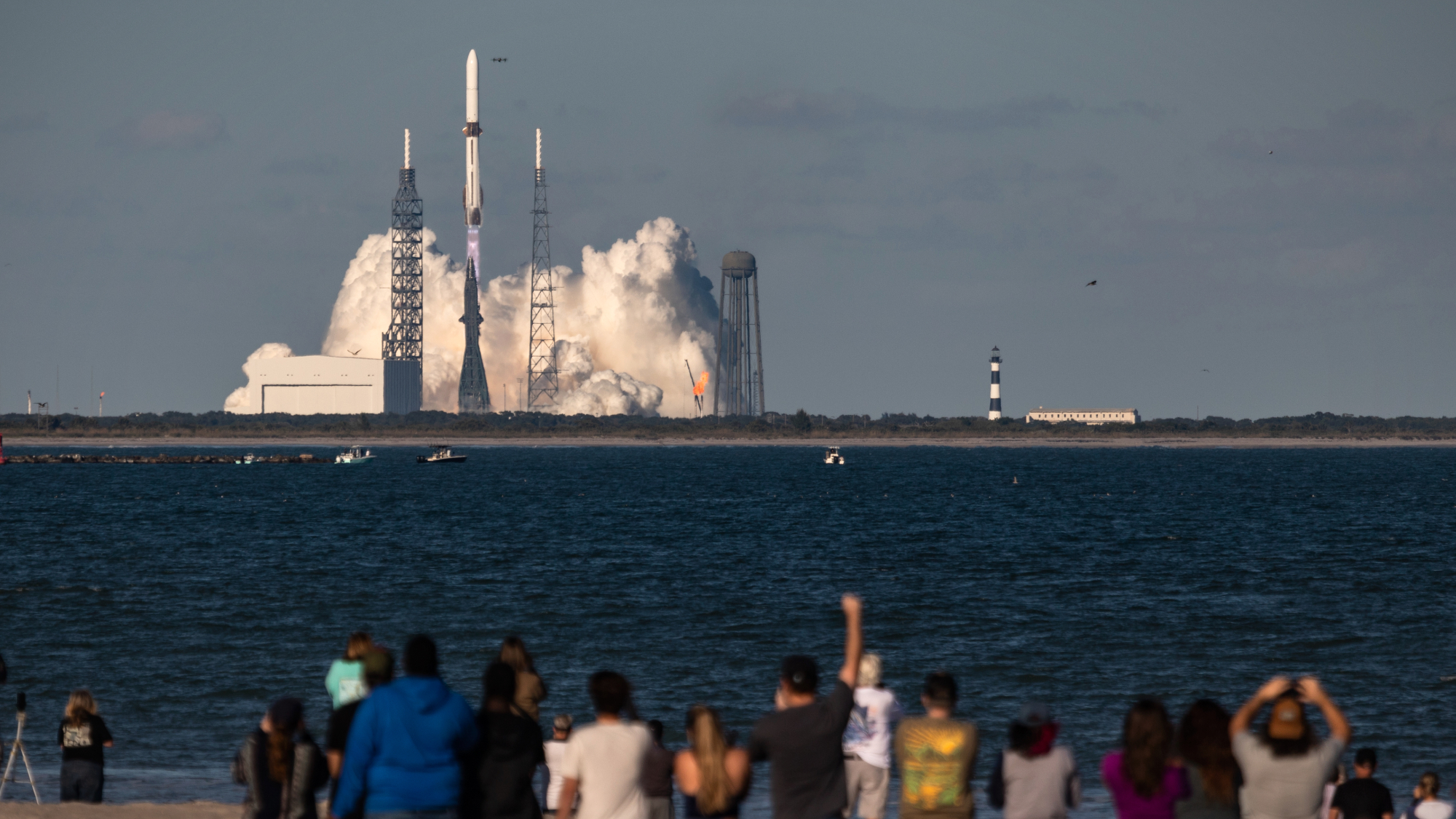 Blue Origin launches Mars probes in NASA debut
Blue Origin launches Mars probes in NASA debutSpeed Read The New Glenn rocket is carrying small twin spacecraft toward Mars as part of NASA’s Escapade mission
-
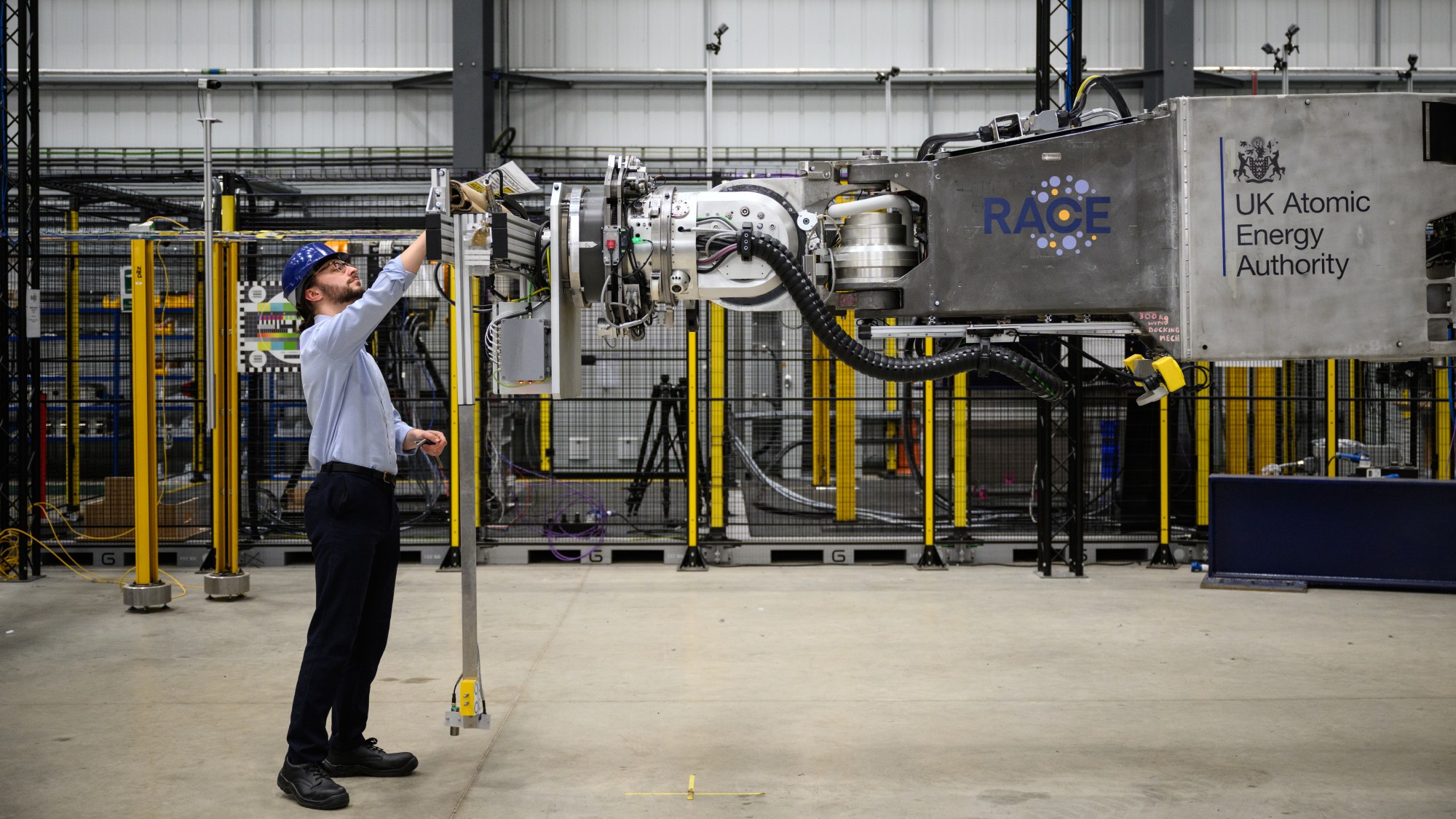 Why scientists are attempting nuclear fusion
Why scientists are attempting nuclear fusionThe Explainer Harnessing the reaction that powers the stars could offer a potentially unlimited source of carbon-free energy, and the race is hotting up
-
 Dinosaurs were thriving before asteroid, study finds
Dinosaurs were thriving before asteroid, study findsSpeed Read The dinosaurs would not have gone extinct if not for the asteroid
-
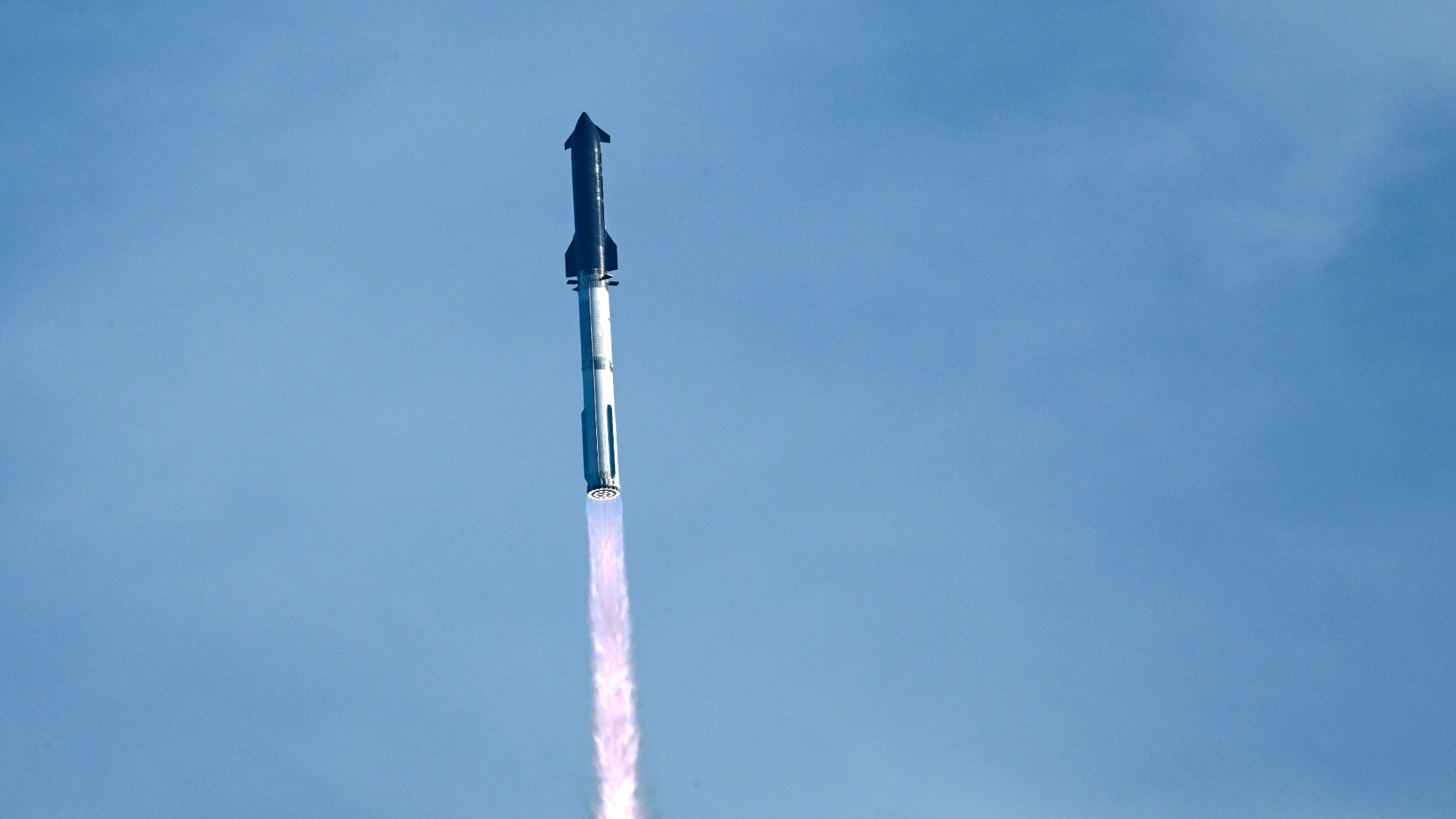 SpaceX breaks Starship losing streak in 10th test
SpaceX breaks Starship losing streak in 10th testspeed read The Starship rocket's test flight was largely successful, deploying eight dummy satellites during its hour in space
-
 Rabbits with 'horns' sighted across Colorado
Rabbits with 'horns' sighted across Coloradospeed read These creatures are infected with the 'mostly harmless' Shope papilloma virus
-
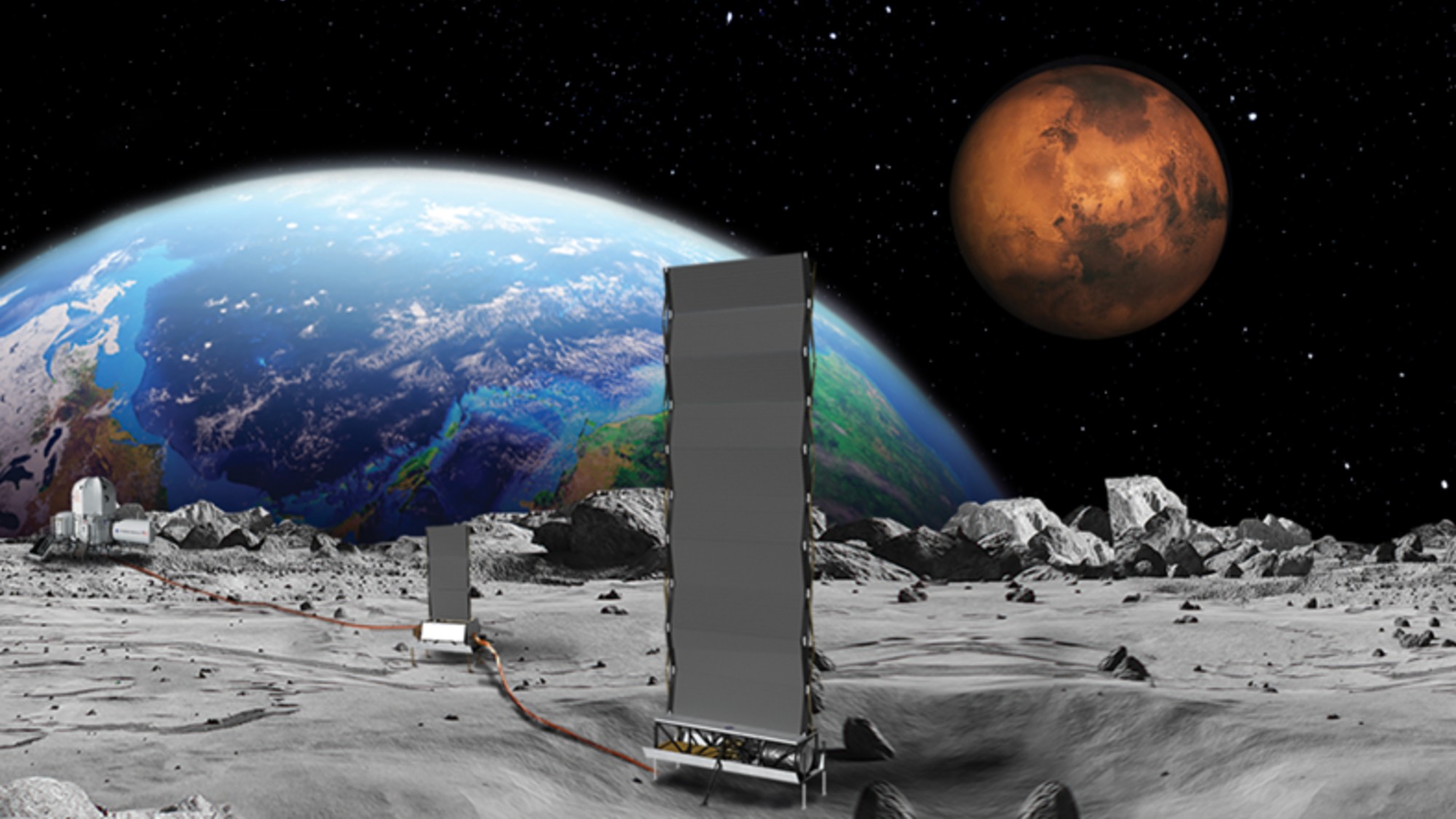 Why does the US want to put nuclear reactors on the moon?
Why does the US want to put nuclear reactors on the moon?Today's Big Question The plans come as NASA is facing significant budget cuts
-
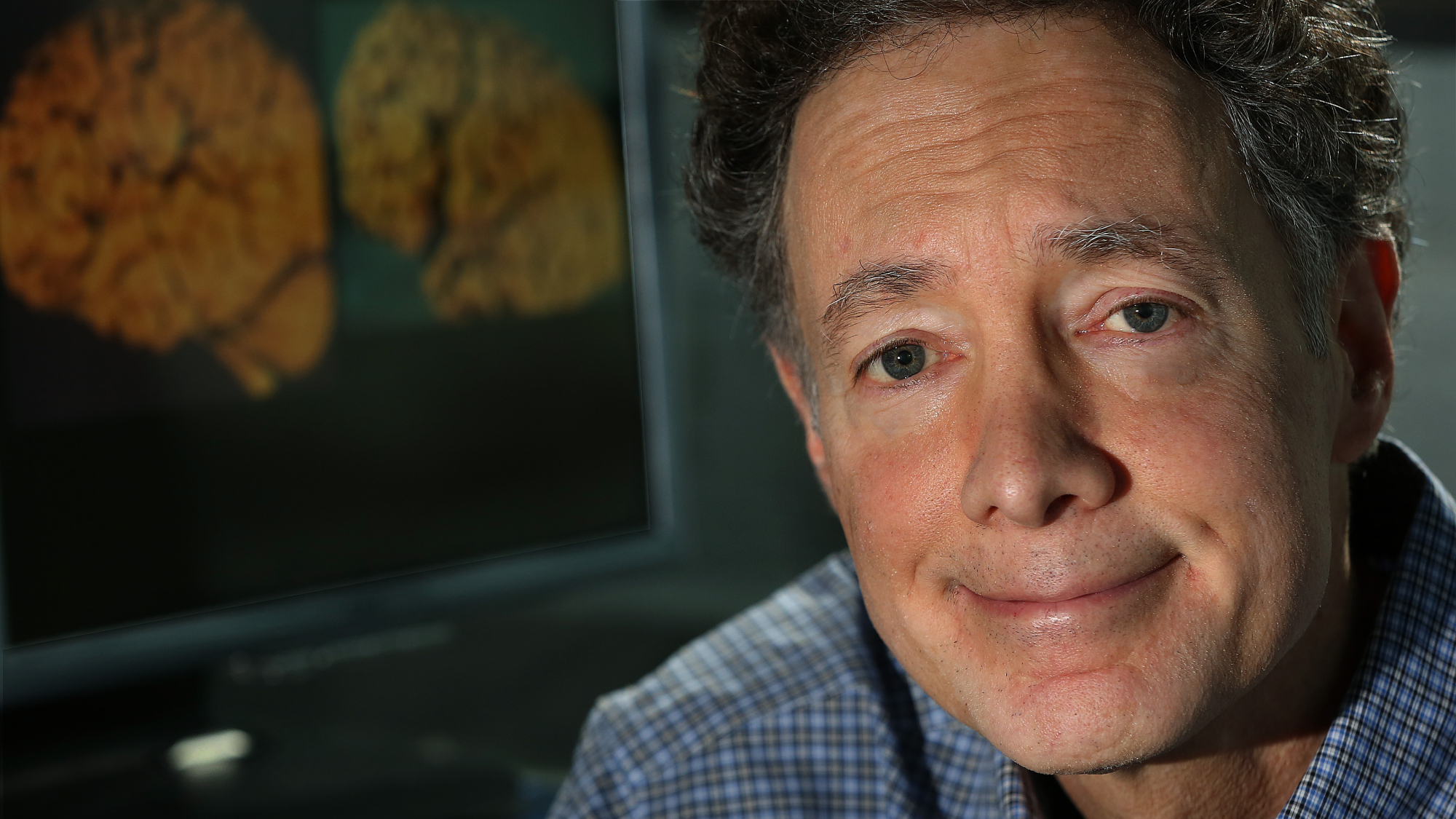 Lithium shows promise in Alzheimer's study
Lithium shows promise in Alzheimer's studySpeed Read Potential new treatments could use small amounts of the common metal
-
 Scientists discover cause of massive sea star die-off
Scientists discover cause of massive sea star die-offSpeed Read A bacteria related to cholera has been found responsible for the deaths of more than 5 billion sea stars
